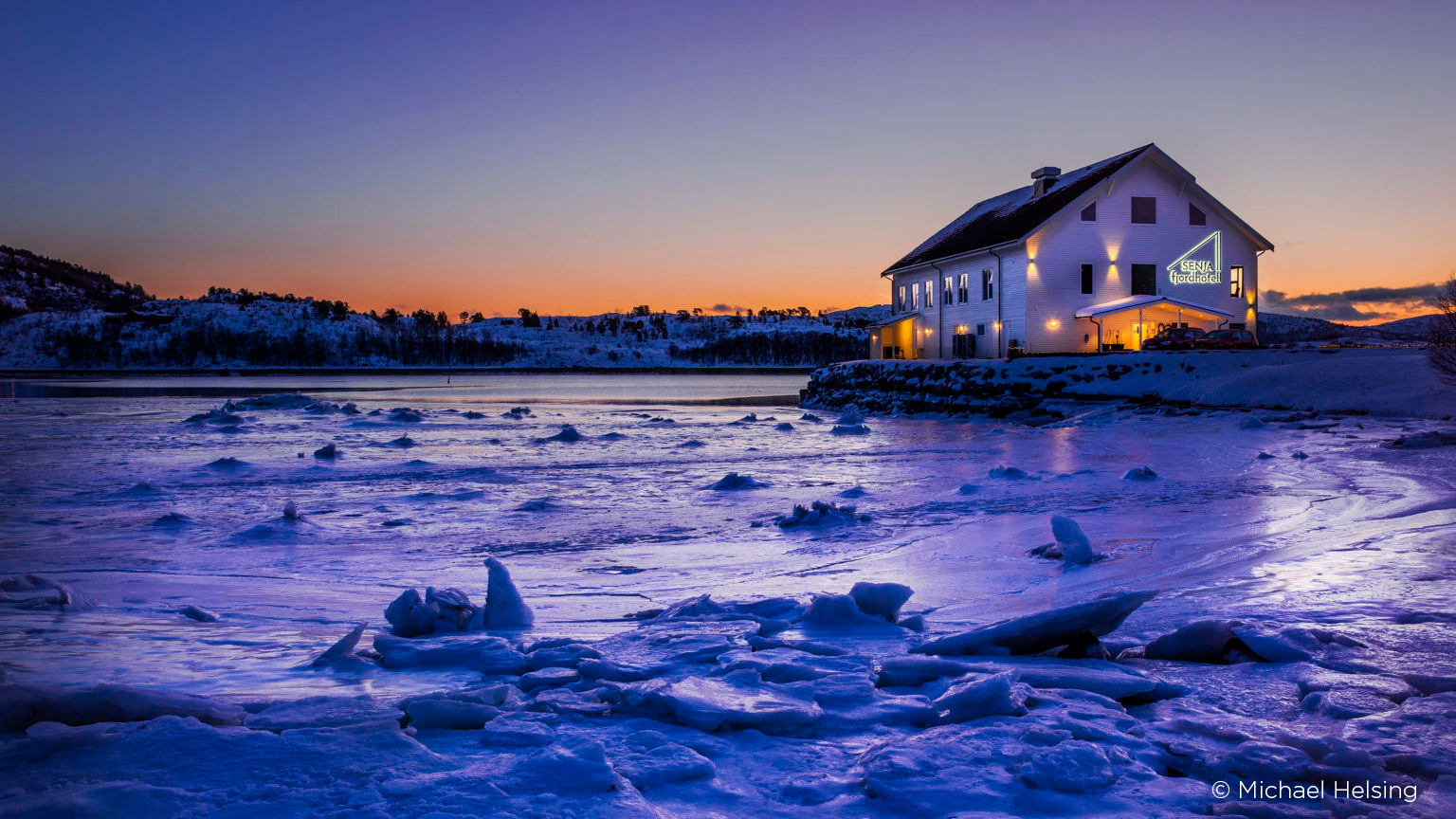The end of Mikael Helsing’s frustrating career as a professional skier marked the start of a different career. Photographing the mountains was the next challenge – where Mikael’s knowledge from various adventure sports combined with his knowledge of nature to help him discover and capture special locations and moments.
Interview with Innovafoto:
Can you talk a bit about yourself and how you built a career in outdoor photography?
I’m Swedish, but have lived and worked in Spain since 1991. I was introduced to the world of photography in Sweden, a couple of years before my move when I came to the realization that my career as a skier wasn’t as successful as I had hoped. I had to change plans. My combination of nature lover, sports fan, and photographer helped pave the way to my new career in outdoor photography. Since then, I have been shooting photos of outdoor activities and sports for clients from all over the world. I’ve shot a wide variety of sports – skiing, mountain biking, trekking, trail running, cycling, running, canoeing and even just the general outdoor lifestyle. My clients are editorial houses, brands, institutions and from the tourist industry, as well as the Spanish Paralympic Committee. In 2006, I was awarded the Paralympic Media Award (Photography) from the Paralympic Winter Games in Turin by the International Paralympic Committee (IPC).
As photographer, I search out special moments for the different activities in unique landscapes and, of course, alway look for nice light. For many years, I researched unique locations all over Spain to be able to find the best locations for the different sessions, and especially looked for places that would be particularly interesting with the use of strobes or continuous artificial lighting to enhance the scene.
And when did you start using Phase One?
Back in the 90’s, I used analogue medium format cameras like Hasselblad and Pentax – until the beginning of the digital era. At that moment, my clients were more interested in the new technology than the quality of the resulting images. But over time, the demand for higher quality images has been increasing.
Phase One cameras, with their sharp, high quality lenses, and the high dynamic range in the RAW file, gives so many more possibilities to edit the images. Another reason for me to use Phase One is my own necessity for searching for new possibilities and higher quality. When you can see that the effort in time and investment gives results, the satisfaction comes easily.
I have paid close attention to Phase One and their evolution – from the start of the company in the 90’s making just the digital back until today when I have the fully Phase One-made XF Camera System in my hands. My opinion is that the brand offers not just a quality camera, but a whole system that you can go on changing and modifying as you need.
Tell us about your current equipment.
My present equipment consists of the Phase One XF with the IQ1 50MP digital back and 2 lenses – the Phase One 28mm f/4,5 AF Aspherical Lens and the Schneider Kreuznach 80mm LS f/2,8 lens.
I have already mentioned the high dynamic range and the high quality of the lenses as things that makes Phase One unique, but the camera has many other useful details. For example, the menu is clear, customizable and easy to work with, even at low temperatures. You can easily find and use the different options such as HDR and Time Lapse modes, vibration reduction, exposure zone, focus mask, both Bulb and Toggle functions, the seismograph monitor, the Hyperfocal tool, and of course the built-in Profoto controls, which are really a great inclusion and makes it beyond easy to use my Profoto equipment.
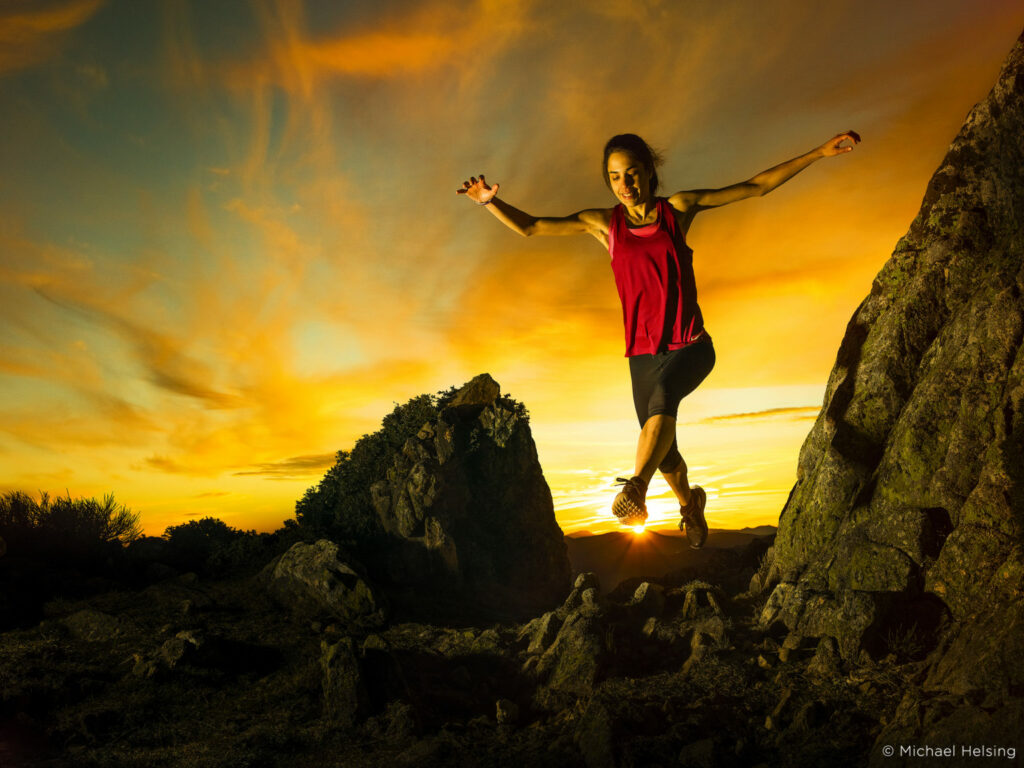
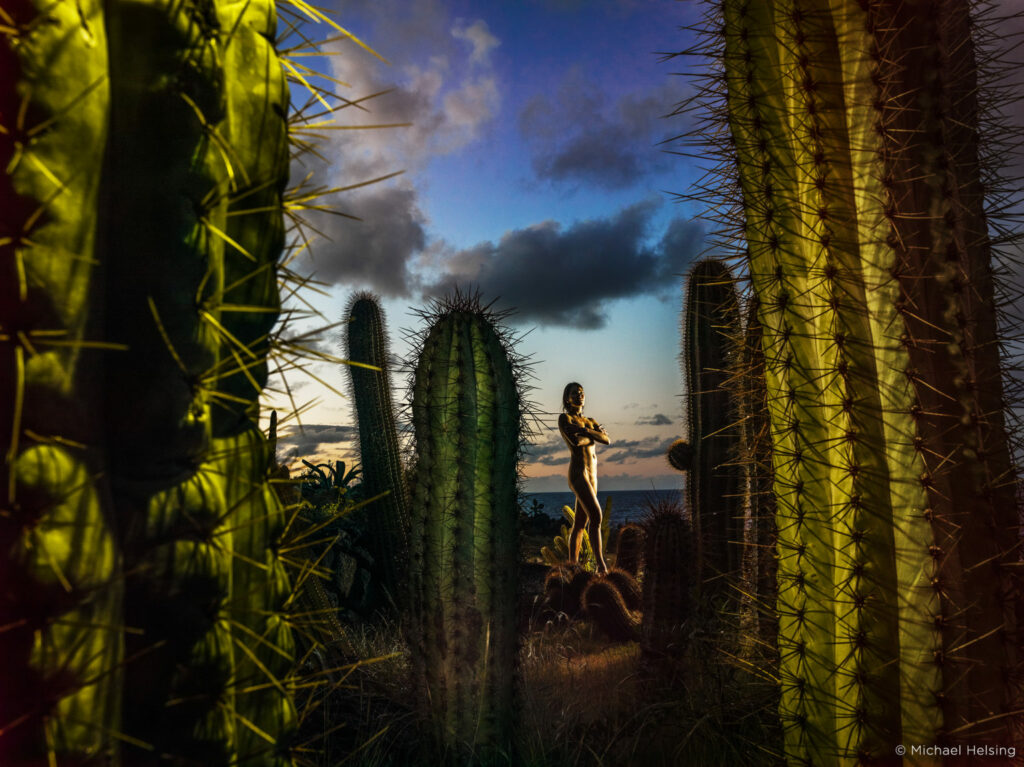
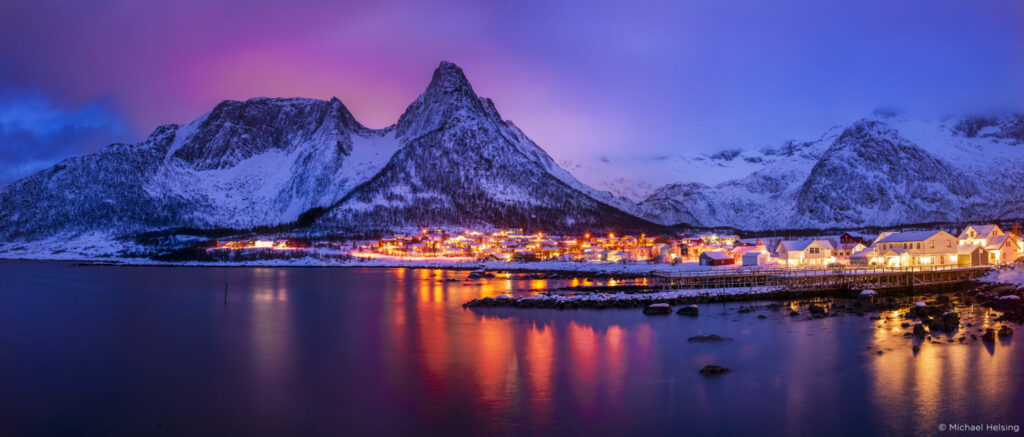
Of your work featured in this story, could you give us some information about the images and how they were shot?
Senja FjordHotel on Senja Island in Norway – The morning after a storm where the wind moved the ice capriciously. Waiting for the moment just before sunrise at 22 degrees below zero. Here, the most important was wearing warm clothes and having fully charged batteries for the camera. It is also a representative image of where I have taken advantage of the high dynamic range of the RAW files.
Nude with cactus – This is a long exposure where the girl is illuminated by one flash with an umbrella, and the cactus are “painted” with continuous light (a small LED panel and a headlamp).
Trail runner at sunset – For this image, I used one Profoto B2 flash from her right with a soft box. The wind was too strong to use more flashes – I needed to find stones to support the tripod with the soft box. The lens I used was the Schneider Kreuznach LS 35mm f/3,5 with exposure time 1/1600s.
Norwegian village Mefjordvaer at sunset – This is a 2-image stitched panorama to show the entire scene that was in front of me.
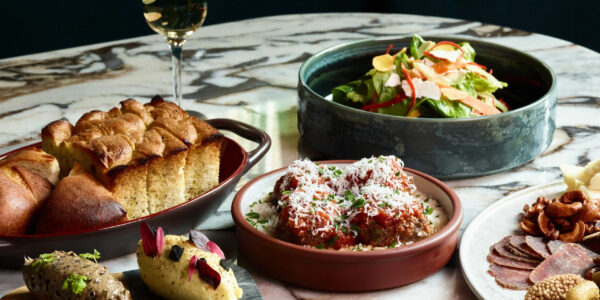
Photographer Stories
Karen Culp
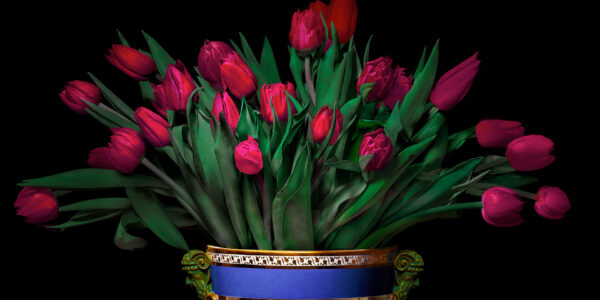
Photographer Stories
T.M. Glass: Flower portraits
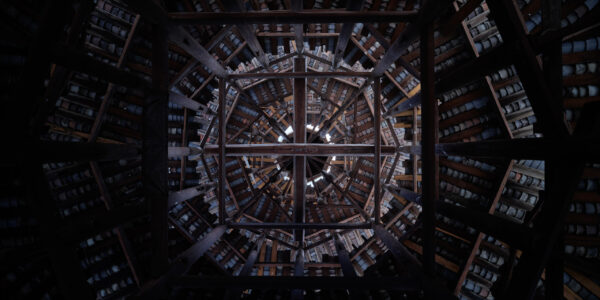
Photographer Stories
Preserving ancient Chinese buildings – Dong Village
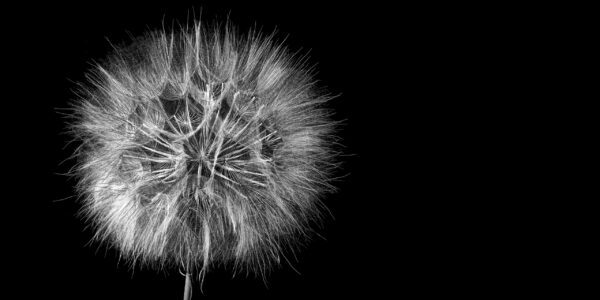
Photographer Stories
Jeff Puckett – The Art of Photogravure
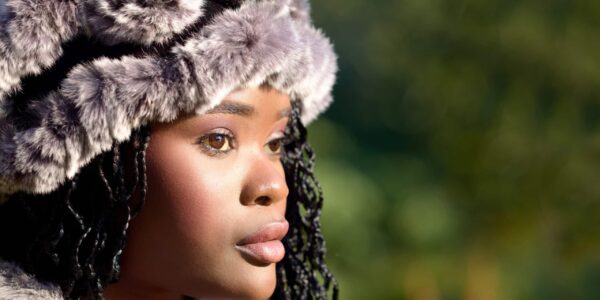
Photographer Stories
Carollyne Sinclaire – A Portrait of the Heart
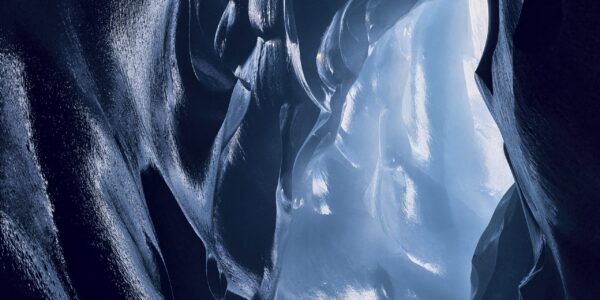
Photographer Stories
A photograph can freeze time. Can it also mobilize human action?
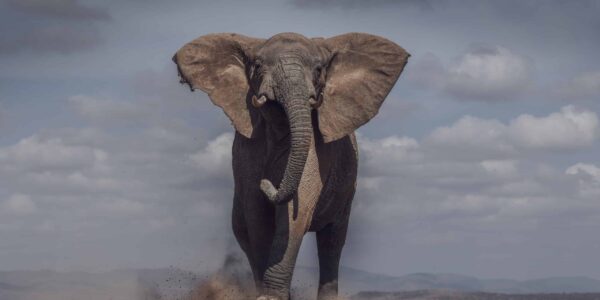
Photographer Stories
Guadalupe Laiz – Up Close and Personal
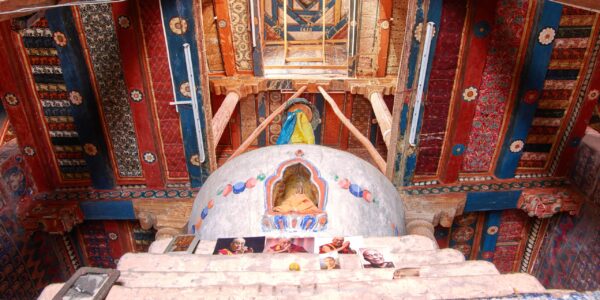
Photographer Stories
How Did a Remote Himalayan Monastery Show Up in New York City?
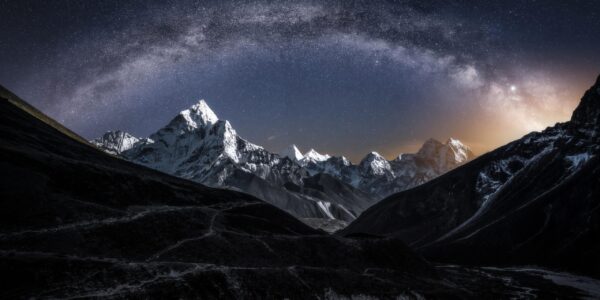
Photographer Stories
Thomas Biasotto Moments beyond Imagination
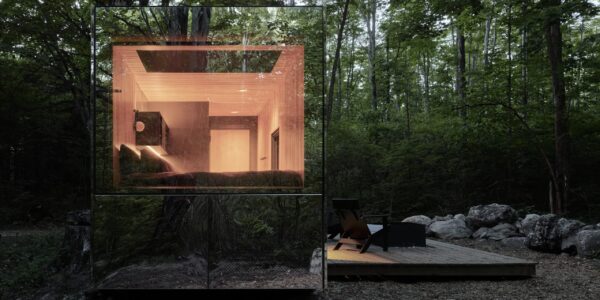
Photographer Stories
Photographing the invisible
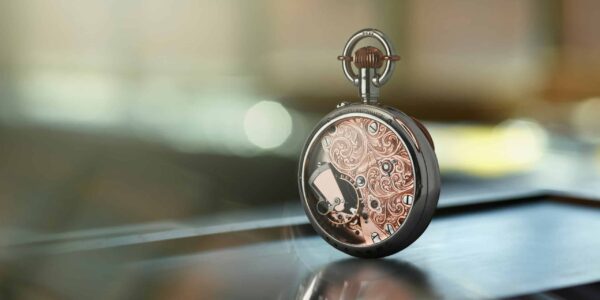
1-Minute Inspiration
Young and Hungry – Upgrading your career and kit with Phase One
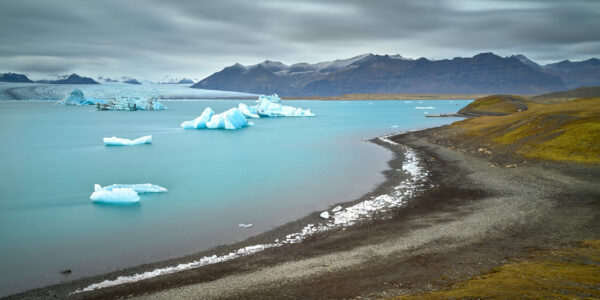
Photographer Stories
Iceland through the lens
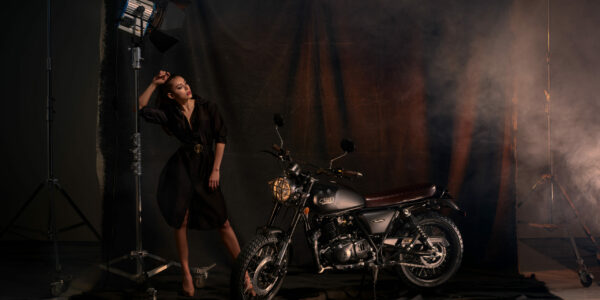
Photographer Stories
Composing soft even lighting in photography
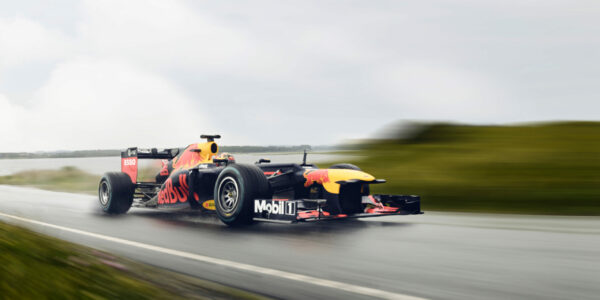
Photographer Stories
Capturing that Split Second – A Formula 1 Car Photo Shoot
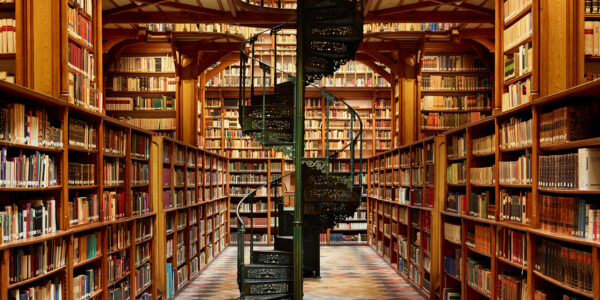
Photographer Stories
Cathedrals of Knowledge – Photographing Tranquil Oases with Daniel Zielske
